Have you noticed that LED照明 is everywhere these days? Whether it’s in our homes, offices, or even our car headlights, LED bulbs have quickly taken center stage.
Their widespread adoption has a lot to do with their 能源效率 和 long lifespan, two benefits that make them an appealing alternative to traditional bulbs.
After all, who doesn’t want to save on electricity bills and avoid the hassle of constantly changing bulbs?
![]()
Still, as great as these features sound, it’s important to remember that no lighting option is perfect. That’s why, before fully embracing LEDs in every part of your home, it helps to understand some of the downsides that come with the technology.
Because once you know about the possible pitfalls, you can choose the best lighting options for your space.
Purpose of Discussing the Drawbacks
So why talk about the drawbacks in the first place? Think of it this way: even the most advanced technology has trade-offs, and LED燈 are no exception. By exploring potential issues—like flickering, color quality, or dimming challenges—you’ll be better equipped to pick the right bulbs for each room in your home.
After all, making an informed decision ensures you get the most out of your lighting without running into surprises later on.
LED Basics: How They Work?
In this section, we’ll dive into the basics of how LEDs work and what makes them so effective and eco-friendly.
LED vs. Incandescent vs. CFL
Before diving deeper into the disadvantages, it helps to understand the operating principles of different bulb types. 白熾燈泡 produce light by heating a filament, which means they use a lot of energy and generate a good deal of heat.

節能燈 (compact fluorescent lamps) excite gases inside a tube, producing ultraviolet light that’s converted to visible light. While they’re more efficient than incandescent bulbs, they often contain small amounts of mercury.
LED, on the other hand, use a 半導體 that converts electricity directly into light, resulting in far less heat generation and lower energy use. This efficiency explains why they’ve become a top choice for so many households and businesses.
Common Uses of LEDs
Thanks to their versatility, you’ll spot LEDs everywhere:
- Indoor fixtures such as kitchen downlights, bathroom vanity lights, and recessed ceiling lamps.
- Outdoor spaces, including porch lights, 泛光燈, and landscape lighting.
- Commercial settings like office buildings and retail stores, where energy savings really add up over time.
Key Disadvantages of LED Lights
In this section, we’ll explore some of the key disadvantages of LED lights to help you make a more informed decision.

High Upfront Cost
One of the biggest hurdles is the initial price tag. An LED bulb can cost more than an incandescent or CFL. Although they typically last longer and save on energy bills in the long run, this high purchase cost might feel steep if you need multiple bulbs at once.
Blue Light Exposure & Sleep Disruption
LEDs, especially cool-white versions, can emit more 藍光 than older bulbs. Blue light has been linked to potential circadian rhythm disruptions, eye strain, and even headaches in some people. If you like a bright, daylight-like ambiance, make sure to balance it with proper downtime lighting to protect your sleep.
Flicker Issues
Have you ever switched on a light and noticed it flickers just enough to annoy you? Unfortunately, some LEDs—particularly lower-quality ones—can have poor drivers that produce noticeable flicker. This flicker can contribute to headaches or eye fatigue, so it’s worth selecting bulbs labeled as “flicker-free.”
Dimming Incompatibility
Not all LED bulbs play well with standard dimmer switches designed for incandescent lights. If you’d like dimmable LED lighting, you often need special dimmable bulbs or updated dimmer switches. Otherwise, you might face flickering, humming, or a limited dimming range.
Directional Lighting Limitations
LEDs naturally shine in a single direction, making them fantastic for 聚光燈 but less ideal if you need a glow in every corner. If you’re replacing bulbs in a fixture that disperses light 360°, look for LEDs designed with a wide beam angle or multiple diodes to cover more space.
Color Rendering & Light Quality
Some LEDs can have a lower CRI (Color Rendering Index), causing certain colors to look dull or off. If accurate color is important—like in a painting studio or a clothing boutique—you’ll want to invest in bulbs that advertise a higher CRI to ensure more natural-looking hues.
Temperature Dependence & Heat Dissipation
Although LEDs run cooler than incandescent bulbs, proper heat sinking is crucial. In a very warm environment, or if the bulb isn’t getting enough airflow, the LED can overheat, reducing its lifespan and efficiency.
Enclosed Fixture Compatibility
Not all LEDs are rated for enclosed fixtures. If you install one that’s not designed for this, the built-up heat may cause premature failure. Always check the bulb’s label or the manufacturer’s recommendations to avoid short-lived bulbs.
Voltage Sensitivity
LEDs thrive on consistent voltage and might need a special driver or circuitry to stay stable. Fluctuating current can lead to flickering or even permanent damage, which is why picking high-quality products (or professional installation for large-scale projects) is key.
Potential for Light Pollution
High color temperature LEDs can contribute to blue light pollution at night, making it harder to see the stars and affecting nocturnal wildlife. If you’re installing 戶外照明, choosing warmer or lower color temperature bulbs can help minimize this impact.
Mitigating or Addressing LED Downsides
In this section, we’ll discuss practical solutions and tips for mitigating the downsides of LED lighting.

Choosing Warm or Correct Color Temperatures
To tackle blue light concerns, opt for LEDs in the 2700K–3000K range, often called warm-white or soft-white bulbs. These produce a cozier, less intense glow that’s gentler on your eyes and sleep patterns.
Ensuring Quality & Low-Flicker Drivers
Look for flicker-free 或者 low-flicker certifications on packaging. Pair them with compatible dimmer switches if you plan on dimming your lights. Although these bulbs may cost a bit more, it’s well worth the extra investment for a flicker-free experience.
Checking Enclosure & Voltage Requirements
If you have enclosed fixtures, confirm the bulbs are rated for that setup. Additionally, ensure your home’s voltage supply (and any drivers you use) are appropriate so you don’t end up with flicker or damage over time.
Balancing Initial Cost vs. Long-Term Savings
Yes, LEDs can be pricey at the start. But don’t forget to factor in energy savings, potential rebates, and fewer replacements over time. This longer lifespan and better efficiency often pay off for both your wallet and the environment in the long run.
When LEDs Might Not Be Ideal?
In this section, we’ll explore the scenarios where LEDs might not be ideal and why alternative options could be a better fit.

Specialty Lighting Needs
有時, LED don’t fit every situation. For instance, art displays or photography studios often require perfect color accuracy, and not all LED bulbs can deliver this without a high 顯色指數 (CRI).
In other cases, spaces needing a wide beam spread or an exceptionally warm glow might do better with other lighting technologies. If you’re showcasing antiques, paintings, or other detailed items, it’s worth testing different bulbs to ensure they show every hue accurately.
Personal Comfort & Aesthetic Preferences
Not everyone is a fan of the sometimes “too modern” look or feel of LEDs. Some people might prefer the nostalgic ambiance of incandescent bulbs, with their soft, warm glow. If you love the gentle flicker and tone of traditional lighting, be aware that even warm-toned LEDs can feel slightly different. Ultimately, it’s all about striking a balance between comfort, style, and practicality.
Balancing Pros and Cons
In this section, we’ll help you balance the pros and cons of LED lighting to determine if it’s the right choice for your needs.

LED Benefits Still Significant
Despite any drawbacks, 能源效率, long lifespan, 和 reduced carbon footprint are major points in favor of LEDs. Over time, the savings on your energy bills and the lower frequency of replacements can outweigh the higher upfront costs. Plus, every little bit we do to reduce waste and energy consumption helps the planet.
Consider Each Space’s Needs
The key is finding the right bulb for each location. A cozy 客廳 might call for warm-white LEDs, while a workspace or kitchen may benefit from a slightly cooler tone to enhance visibility. If you need dimming capabilities, check that your chosen bulb and dimmer are compatible. By tailoring 色溫, 顯色指數, and other features room by room, you’ll get the best results—and the most enjoyment—from your lighting.
結論
Although LED come with a host of advantages, it’s clear they’re not without faults. Blue light, cost, flicker, 和 dimming concerns can pose challenges if you aren’t aware of them. However, understanding these potential issues lets you prepare accordingly, whether that means switching dimmers or hunting for bulbs with warmer color temperatures.

At the end of the day, choosing the right LED產品 and ensuring proper installation can significantly reduce these pitfalls. Look for well-reviewed brands, pay attention to 顯色指數, 色溫, 和 enclosure ratings, and don’t hesitate to ask for expert advice if you’re unsure.
Share your lighting needs or experiences in the comments—we’d love to help you find the perfect solution!
常見問題解答
Q. Do LED lights really disrupt sleep due to blue light?
Yes, certain LED lights can disrupt sleep patterns. Cool-white LEDs emit higher levels of blue light, which can interfere with your circadian rhythm by suppressing melatonin production—the hormone responsible for regulating sleep.
Q. Why are LED bulbs more expensive upfront compared to traditional bulbs?
LED bulbs have a higher initial cost primarily because of the advanced technology and materials used in their production.
Q. Can I use LED bulbs with my existing dimmer switches without issues?
Not always. Many LED bulbs are not compatible with standard incandescent dimmer switches. Using incompatible dimmers can lead to flickering, humming, or limited dimming ranges.


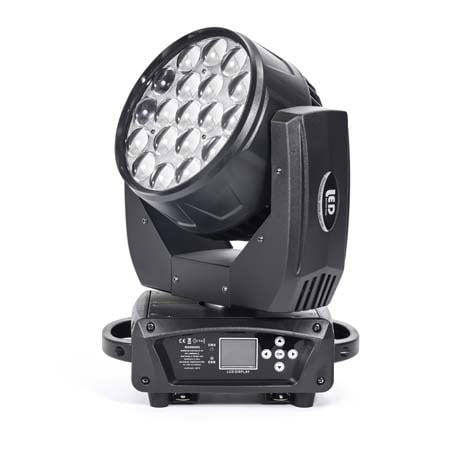






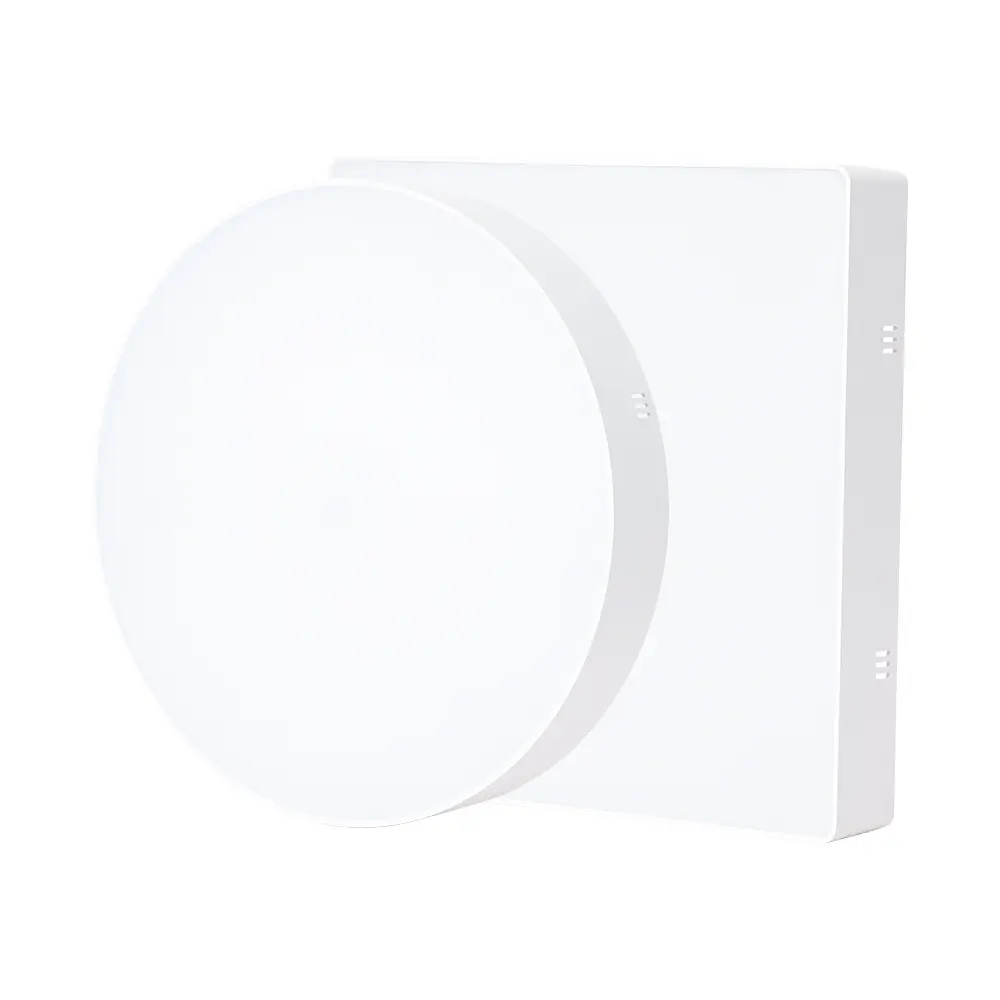

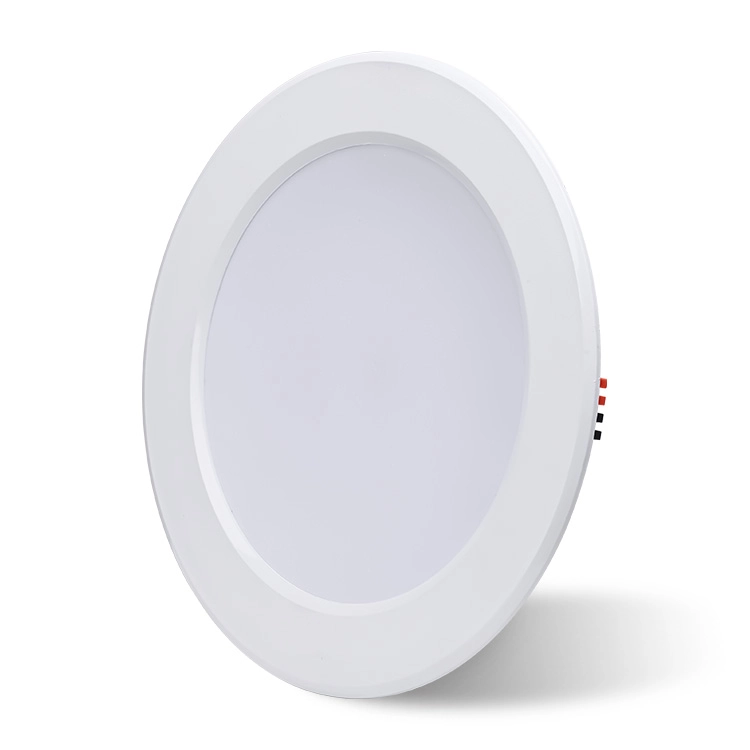
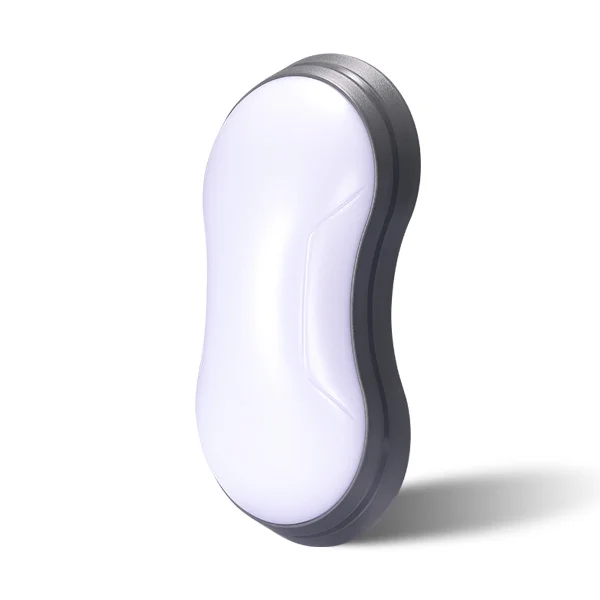

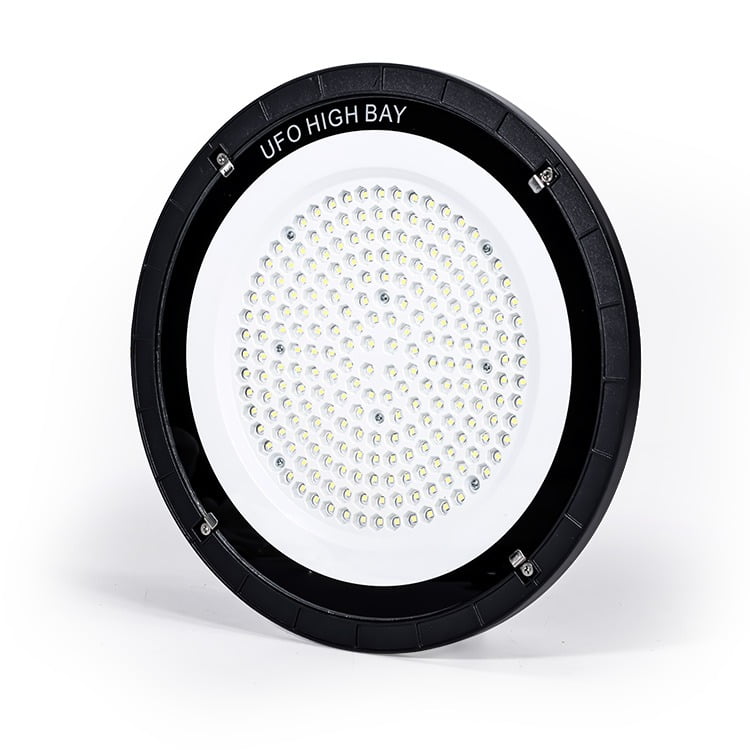
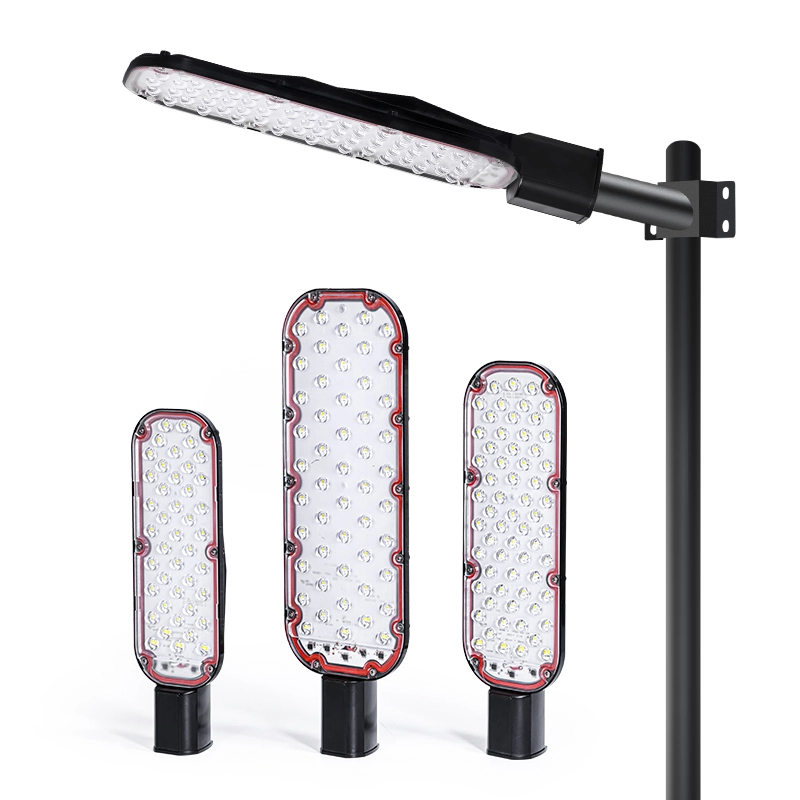

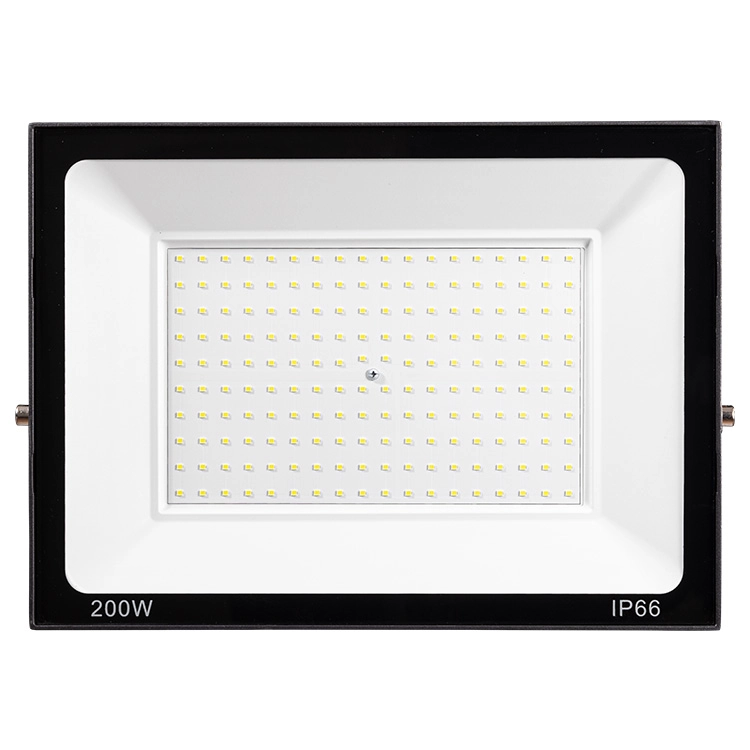
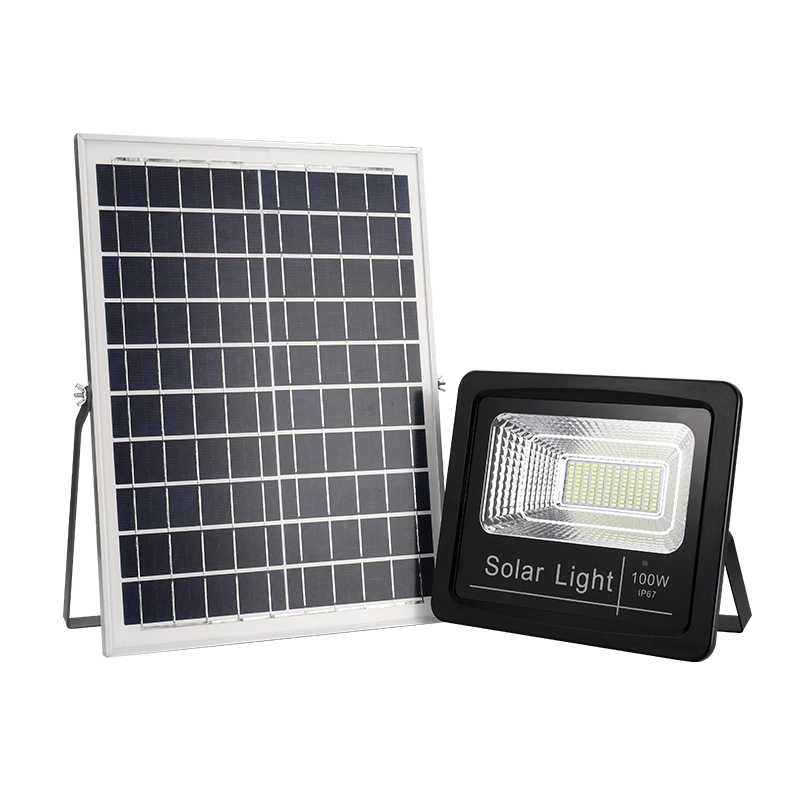
![led design ideas - 17 LED Design Ideas to Transform Your Home [2 月 2025] - Vorlane led design ideas - 17 LED Design Ideas to Transform Your Home [2 月 2025] - Vorlane](https://vorlane.com/wp-content/uploads/2025/01/led-design-ideas.webp)
![outdoor lighting ideas - 20 Brilliant Outdoor Lighting Ideas: Transform Yard [2025] - Vorlane outdoor lighting ideas - 20 Brilliant Outdoor Lighting Ideas: Transform Yard [2025] - Vorlane](https://vorlane.com/wp-content/uploads/2025/02/outdoor-lighting-ideas.jpg)
![disadvantages of led lights - Disadvantages of LED Lighting: Reveal Cost, Real Risk [2025] - Vorlane disadvantages of led lights - Disadvantages of LED Lighting: Reveal Cost, Real Risk [2025] - Vorlane](https://vorlane.com/wp-content/uploads/2025/01/disadvantages-of-led-lights.webp)
![Best LED Lights for Home - Best LED Lights for Home: Top Choices [2025] - Vorlane Best LED Lights for Home - Best LED Lights for Home: Top Choices [2025] - Vorlane](https://vorlane.com/wp-content/uploads/2025/01/Best-LED-Lights-for-Home.webp)
![beam angle calculator - Beam Angle Calculator – Simplify Lighting Calculations [2025] - Vorlane beam angle calculator - Beam Angle Calculator – Simplify Lighting Calculations [2025] - Vorlane](https://vorlane.com/wp-content/uploads/2025/01/beam-angle-calculator.webp)
![COB Light vs Panel Light - COB Light vs Panel Light: Understanding the Differences [2025 ] - Vorlane COB Light vs Panel Light - COB Light vs Panel Light: Understanding the Differences [2025 ] - Vorlane](https://vorlane.com/wp-content/uploads/2025/01/COB-Light-vs-Panel-Light.jpg)

![vorlane logo 2:1 for consent banner - Disadvantages of LED Lighting: Reveal Cost, Real Risk [2025] - Vorlane vorlane logo 2:1 for consent banner - Disadvantages of LED Lighting: Reveal Cost, Real Risk [2025] - Vorlane](https://vorlane.com/wp-content/uploads/2024/05/vorlane-logo-2_1-350x100.webp)